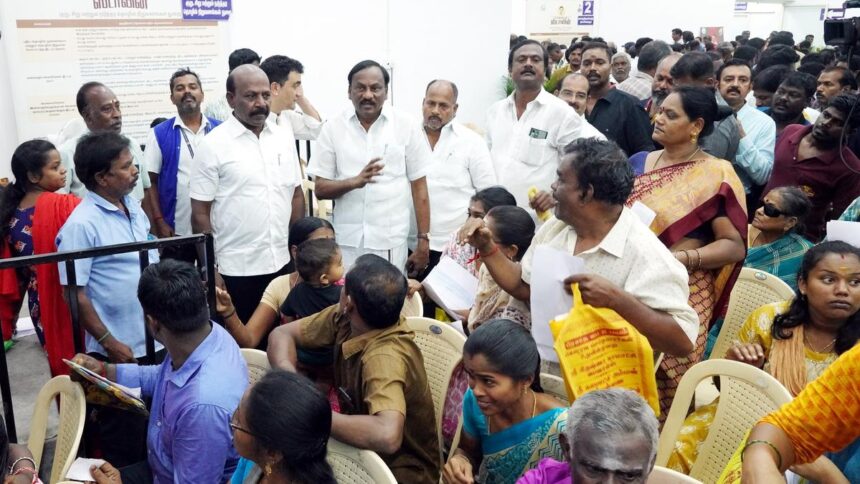Chennai’s first-ever City Biodiversity Index (CBI) assessment reveals that while the city holds significant reserves of native biodiversity — particularly in natural landscapes and urban bird populations — it is critically underperforming in biodiversity governance, planning, and long-term conservation strategies.
The assessment was conducted by ICLEI South Asia in collaboration with the Tamil Nadu Forest Department, the Greater Chennai Corporation, among other city and State agencies. The CBI, also known as the Singapore Index, was developed by the Singapore National Parks Board in collaboration with the Convention on Biological Diversity Secretariat.
Launched by Chief Minister M.K. Stalin on August 25, the index evaluated Chennai across 23 indicators grouped into three components — native biodiversity, ecosystem services, and biodiversity governance and management. Mr. Stalin further announced that CBI would be developed for five more cities in Tamil Nadu.
Chennai scored 38 out of a possible 72 points, with its strongest performance in native biodiversity and weakest in governance (17/36). The city scored full points on indicators assessing the proportion of natural areas, habitat connectivity, and presence of native bird species in urban settings, including ecologically rich patches like Guindy National Park and Pallikaranai Marsh.
However, the changes over time could not be assessed in native species groups, such as vascular plants, birds, freshwater fish, odonates (dragonflies and damselflies), and amphibians. These indicators were marked “Not Applicable” this year, as the data would serve as the baseline for future comparisons.
Protected areas at risk
The city earned just one point for the proportion of protected natural areas, with only 5.02% of its total land area under legal protection.
While the Pallikaranai marsh, now a Ramsar site, represents a key ecological zone, threats do persist from urban encroachment, solid waste dumping, and sewage discharge. The presence of invasive alien species, which account for around 15.7% of the city’s known plant species, also remains a concern, particularly in degraded wetland areas.
In terms of ecosystem services, Chennai fared poorly on climate regulation due to inadequate tree cover and vegetation in built-up areas.
The governance and management component paints a more concerning picture. The assessment highlights that the city, currently, has no Local Biodiversity Strategy and Action Plan, undertook no biodiversity projects, and allocates minimal budget towards biodiversity, leading to very low scores in those categories. Inter-agency cooperation on biodiversity issues is limited, with only three city-level bodies involved.
However, the city performed well in terms of institutional capacity, with eight biodiversity-related facilities, such as botanical gardens, museums, and nature education centres in Guindy National Park, contributing to a perfect score in that indicator.
Supriya Sahu, Additional Chief Secretary of the Departments of Environment, Climate Change, and Forests, said that the governance aspect should be strengthened by integrating the biodiversity index into the regular planning processes of all State departments.
She further explained, “For example, during a tree-planting initiative, we should look at how biodiversity can be enhanced in that area. If you look at the bigger picture, Singapore, which developed the CBI, reflects a shift from a ‘Nature in City’ model to a ‘City in Nature’ approach. Cities should be planned with biodiversity at the centre.”
Published – August 25, 2025 08:50 pm IST



















